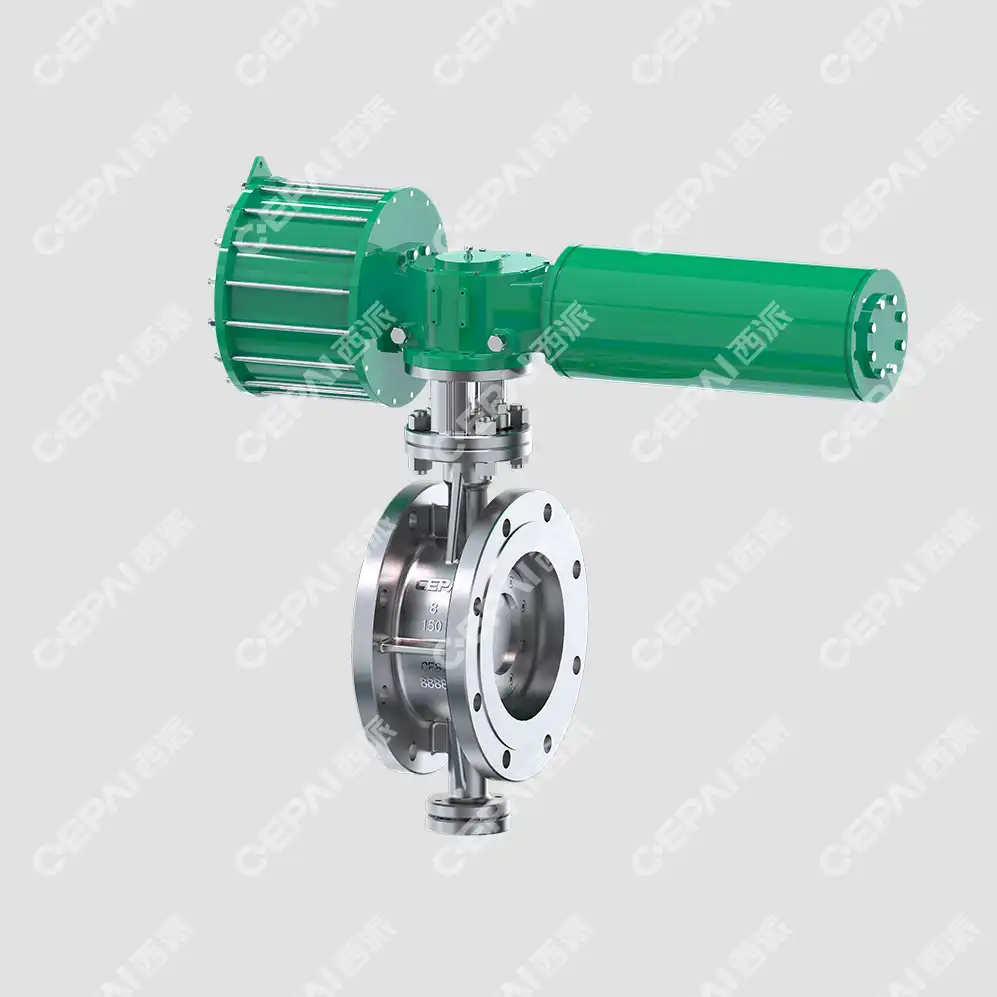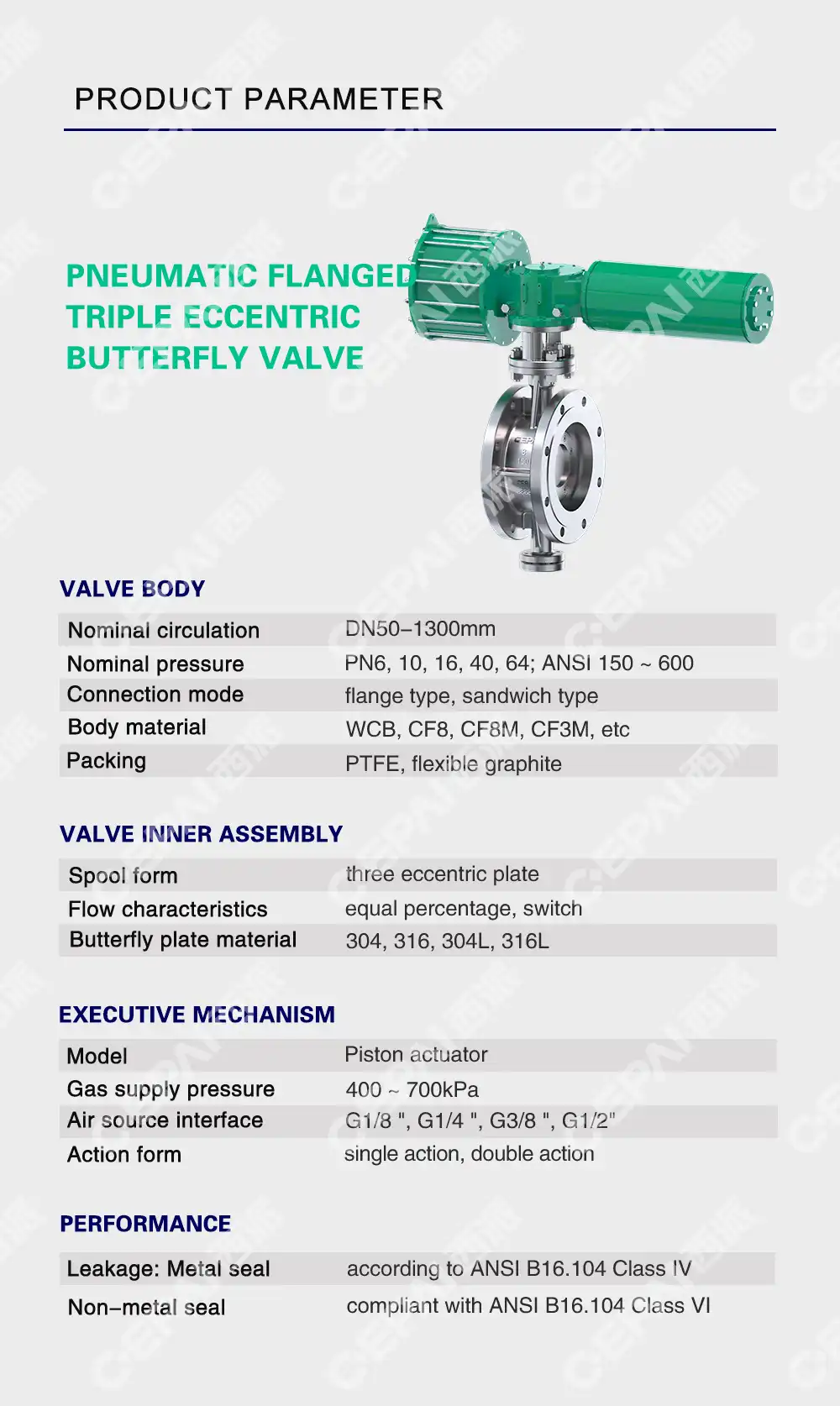Understanding Pressure Ratings in Butterfly Valves
What Are Pressure Ratings?
Pressure ratings in butterfly valves indicate the maximum pressure a valve can withstand under normal operating conditions. These ratings are typically expressed in bar or pounds per square inch (psi) and are crucial for ensuring the safe and efficient operation of fluid systems. The pressure rating of a butterfly valve is determined by factors such as the valve's design, materials used in construction, and manufacturing processes.
Importance of Pressure Ratings in Valve Selection
Selecting the appropriate pressure rating for a butterfly valve is vital for several reasons. First and foremost, it ensures the safety of the system and personnel working with it. Using a valve with an insufficient pressure rating can lead to catastrophic failures, leaks, or system shutdowns. Additionally, choosing the correct pressure rating helps optimize system performance, enhance efficiency, and extend the valve's lifespan.
The PN System Explained
The PN (Pressure Nominal) system is a standardized method for specifying pressure ratings in valves and other fluid system components. It's widely used in Europe and many other parts of the world. The PN number represents the maximum allowable pressure at room temperature (20°C or 68°F) in bar. For example, PN10 indicates a maximum pressure of 10 bar, PN16 signifies 16 bar, and PN25 denotes 25 bar.
Comparing PN10, PN16, and PN25 Butterfly Valves
PN10 Butterfly Valves: Characteristics and Applications
PN10 butterfly valves are designed to withstand pressures up to 10 bar (145 psi) at room temperature. These valves are commonly used in low-pressure applications such as water treatment plants, HVAC systems, and some chemical processing facilities. PN10 valves are often more cost-effective and lighter in weight compared to higher-rated valves, making them suitable for projects with budget constraints or weight limitations.
PN16 Butterfly Valves: Features and Use Cases
PN16 butterfly valves can handle pressures up to 16 bar (232 psi) at room temperature. These valves offer a good balance between pressure capacity and cost, making them popular in various industrial applications. PN16 valves are commonly used in water distribution systems, power plants, and some oil and gas applications. They provide increased versatility compared to PN10 valves, allowing for use in medium-pressure systems.
PN25 Butterfly Valves: Advantages and Industrial Applications
PN25 butterfly valves are designed for higher-pressure applications, capable of withstanding pressures up to 25 bar (363 psi) at room temperature. These valves are typically used in more demanding industrial environments, such as high-pressure oil and gas pipelines, chemical processing plants, and steam systems. PN25 valves offer enhanced durability and reliability in challenging conditions, making them ideal for critical applications where safety and performance are paramount.
Factors Influencing Pressure Rating Selection
System Requirements and Operating Conditions
When selecting a butterfly valve based on pressure ratings, it's essential to consider the specific requirements of your system. Factors such as maximum operating pressure, temperature fluctuations, and potential pressure spikes must be taken into account. It's generally recommended to choose a valve with a pressure rating that exceeds the system's maximum operating pressure by a safety margin. This approach ensures reliable performance and provides a buffer against unexpected pressure increases.
Material Considerations and Their Impact on Pressure Ratings
The materials used in constructing butterfly valves play a significant role in determining their pressure ratings. Different materials exhibit varying strengths and temperature resistances, which can affect the valve's performance under pressure. For instance, carbon steel valves may offer higher pressure ratings compared to cast iron valves. Similarly, the choice of seat and seal materials can impact the valve's ability to maintain a tight seal under pressure. When selecting a butterfly valve, it's crucial to consider the compatibility of materials with the fluid being handled and the operating conditions.

Cost-Benefit Analysis in Valve Selection
While it may be tempting to always opt for the highest pressure rating available, it's important to conduct a cost-benefit analysis when selecting butterfly valves. Higher-rated valves typically come with increased costs, both in terms of initial investment and potential maintenance expenses. Evaluating the long-term benefits of a higher-rated valve against its costs can help in making an informed decision. In some cases, choosing a valve with a lower pressure rating but more frequent maintenance intervals may be more economical than investing in a higher-rated valve that exceeds system requirements.
Conclusion
Understanding the differences between PN10, PN16, and PN25 butterfly valves is crucial for selecting the right valve for your specific application. Each pressure rating offers distinct advantages and is suited for different operating conditions. By carefully considering factors such as system requirements, material compatibility, and cost-effectiveness, you can make an informed decision that ensures optimal performance, safety, and longevity of your fluid system. Remember that proper valve selection is a critical aspect of system design and can significantly impact the overall efficiency and reliability of your industrial processes.
Contact Us
For expert guidance on selecting the ideal butterfly valve for your specific needs, contact CEPAI Group. Our team of specialists can provide tailored solutions that maximize performance and ensure long-term reliability. Reach out to us at cepai@cepai.com to discover how our high-quality valves can enhance your operations.


_1746598525968.webp)



